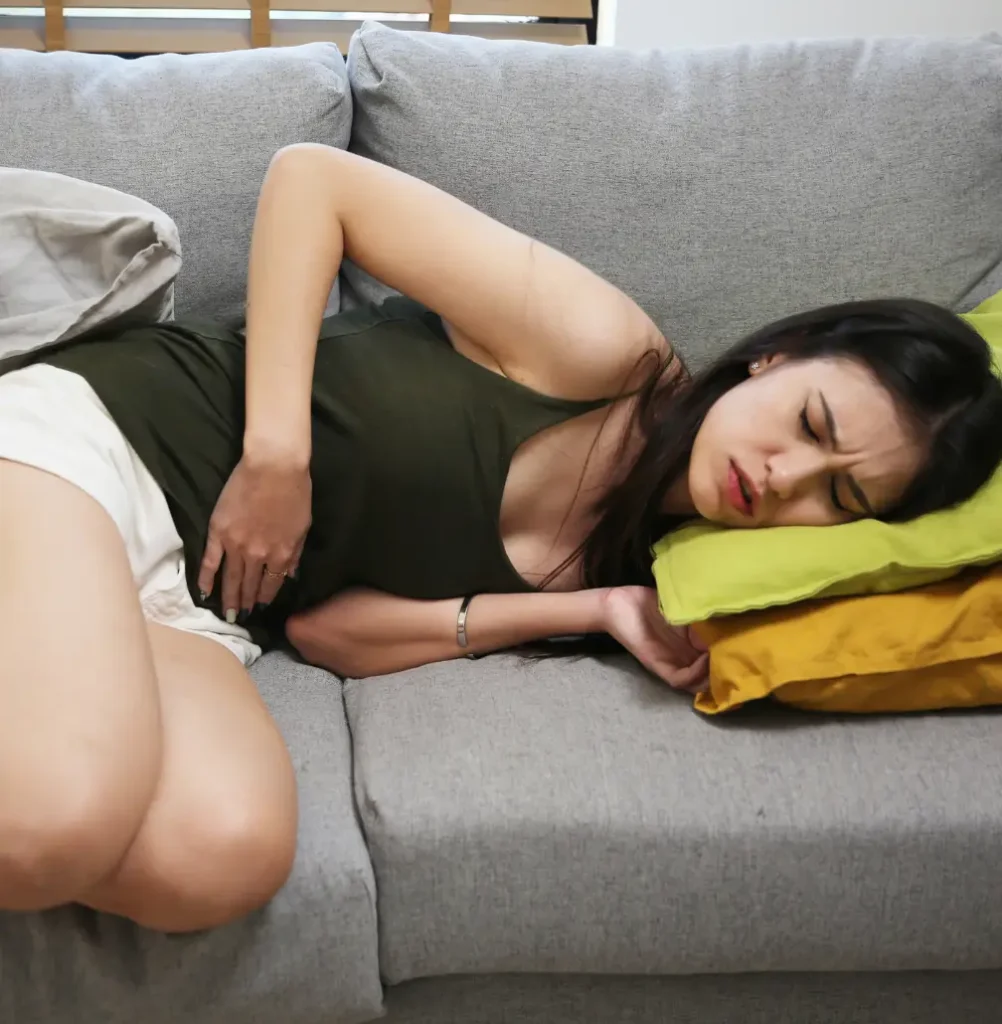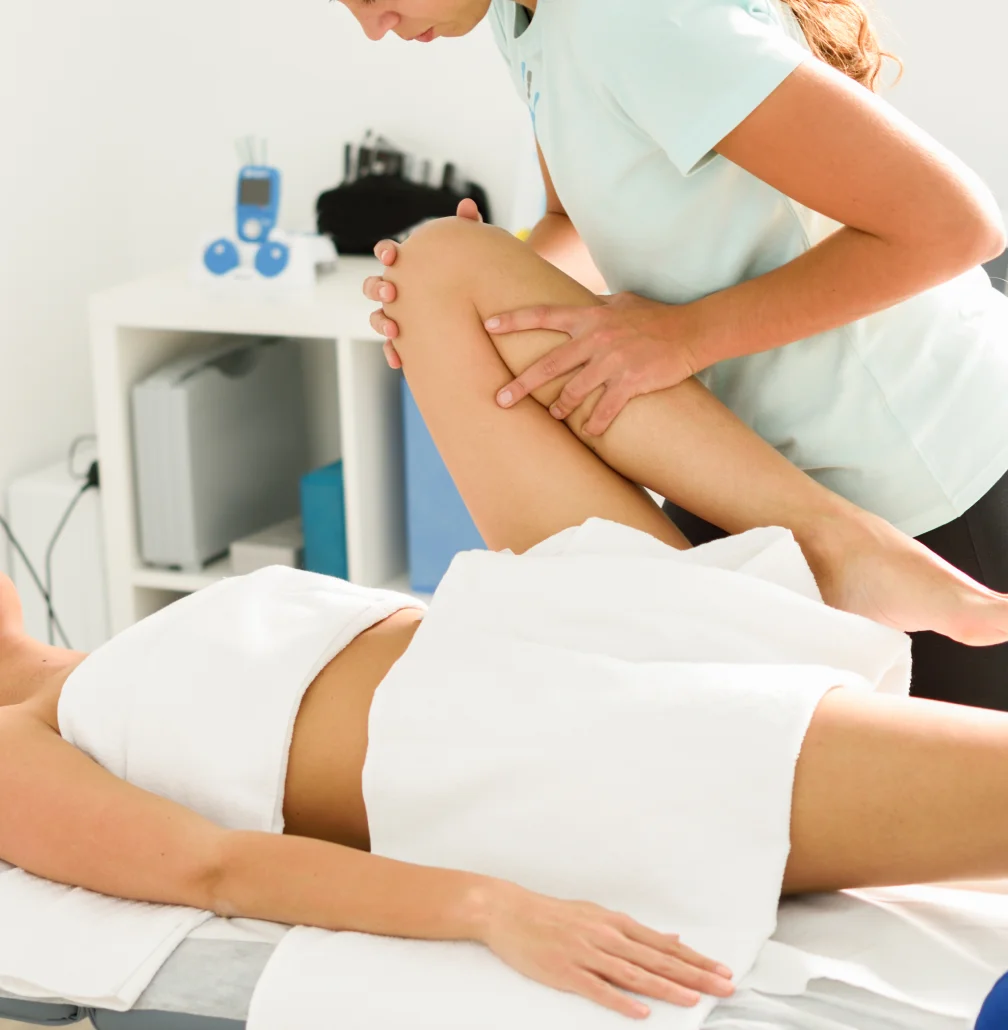Chronic pelvic pain is a condition in which a person experiences discomfort or persistent pain in the region of the pelvis, which can last up to six months or more. This type of pain can have various causes, including gynecological disorders, gastrointestinal problems, urological diseases, musculoskeletal problems, and psychological factors.




Chronic Pelvic Pain: Types
- Pelvic Adhesions: After surgery, previous pelvic or infections, can form scar tissue that causes pain.
- Myofascial Pain syndrome Pelvic (PDMP): Involves trigger points in the muscles of the pelvis, causing pain and discomfort.
- Interstitial Cystitis: Chronic inflammation of the bladder that can cause pelvic pain and urinary frequency.
- Polycystic Ovary syndrome (PCOS): It can cause pelvic pain due to ovarian cysts.
- Neuralgia Pudendal: Irritation or compression of the pudendal nerve, which can cause pain in the pelvic region.
- Uterine Fibroids: Non-cancerous tumors in the uterus that can cause pelvic pain.
- Endometriosis: Endometriosis is a condition in which tissue similar to the lining of the uterus grows outside of this, causing pelvic pain, especially during menstruation.
Treatment:
The treatment of chronic pelvic pain depends on the underlying cause. Here we will explain to you the treatment options for the conditions listed:
- Syndromes, Myofascial Pelvic Floor:
- Manual Therapy: Manual therapy, which includes myofascial release, can help to relax the muscles of the pelvic floor and reduce the tension.
- Stretching and Strengthening exercises: They can prescribe specific exercises to improve the flexibility and strength of the muscles of the pelvic floor.
- Neuralgia of the Pudendal Nerve and Entrapment of the Pudendal Nerve:
- Neural Therapy: In some cases, you can use the neural therapy to relieve the irritation of the pudendal nerve.
- Interstitial cystitis (Painful Bladder Syndrome):
- Changes in the Diet: Some dietary modifications, such as avoiding certain food irritants to the bladder, can help reduce the symptoms.
- Medications: In some cases, medications may be prescribed to relieve the pain and inflammation of the bladder.
- Autoimmune Disease (Lichen Escleroso):
- Medical Treatment: The lichen escleroso is often treated with topical medications to reduce the inflammation and irritation.
- Proctalgia:
- Manual Therapy: Manual therapy can help to relax the muscles of the perineal area and relieve the pain.
- Relaxation exercises: It can be taught relaxation exercises to reduce the muscle tension in the area.
- Follow-up and Ongoing Support:
- Regular Follow Up:Your physical therapist will perform periodic follow-up to assess your progress and adjust the treatment as needed.
- Emotional Support:Chronic pelvic pain can be emotionally challenging, and your physical therapist will provide you with emotional support throughout the process of treatment.
Works closely with your physical therapist to address the underlying cause, and improve your quality of life.
Get an appointment.
Your health is our priority.
We are happy to help you. To schedule an appointment with us, please provide your contact information and availability in the form below.
We hope to serve you soon and work together on your journey toward a healthier life.
